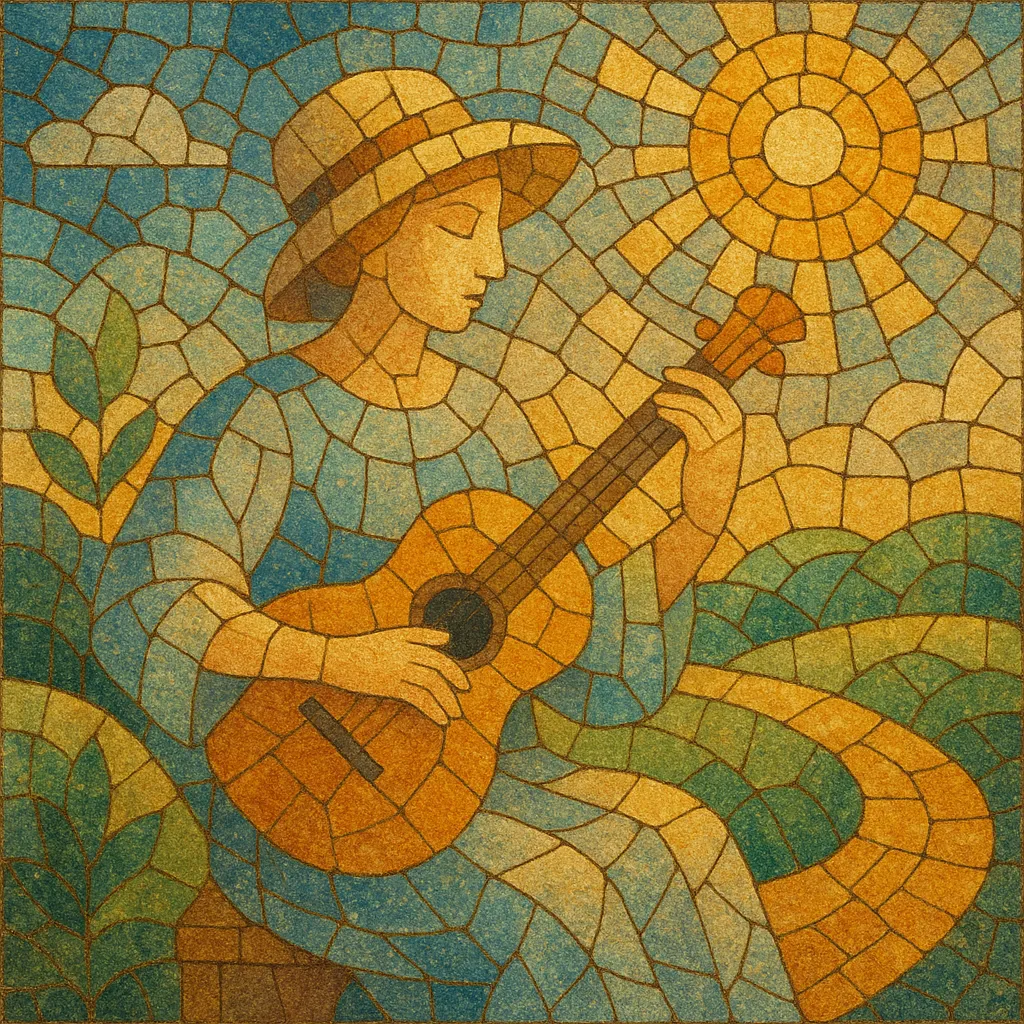
Light music is a tuneful, accessible form of orchestral music designed for immediate appeal and vivid imagery rather than large-scale symphonic development. Pieces are typically short (3–6 minutes), melodically memorable, and often programmatic, with descriptive titles that evoke places, scenes, or moods.
Growing out of late-Romantic salon pieces, operetta, parlour music, and music-hall traditions, the style flourished in the first half of the 20th century—especially in Britain—through radio, cinema, and newsreels. It emphasizes clear orchestration, agreeable harmonies, graceful rhythms (marches, waltzes, galops), and colorful instrumental touches (harp, celesta, glockenspiel) that paint concise musical vignettes.
Although sometimes conflated with easy listening, light music is typically performed by a classical-style orchestra, maintaining symphonic craftsmanship while prioritizing charm, clarity, and character over complexity.
Light music emerged from the overlap of late-Romantic orchestral miniatures, operetta, parlour music, and music-hall entertainment. Early exemplars in Britain and the Continent wrote salon pieces and descriptive intermezzi that prized melody and color over symphonic argument. The rise of public concerts, seaside orchestras, and early recording cultivated a taste for brief, picturesque works.
With the expansion of broadcasting and cinema, light music found its ideal medium. The BBC supported dedicated ensembles and programs, and publishers promoted suites, marches, and waltzes with evocative titles. Composers such as Eric Coates and Albert Ketèlbey perfected the genre’s blend of vivid orchestration and instantly memorable themes, widely heard in newsreels and radio idents.
The post-war decades were the zenith. The BBC Light Programme, the Queen’s Hall Light Orchestra, and library-music catalogs disseminated a vast repertoire. Composers including Robert Farnon, Ronald Binge, Haydn Wood, Charles Williams, Sidney Torch, Trevor Duncan, and Ernest Tomlinson delivered signature pieces—many becoming radio/TV themes (e.g., Coates’s "By the Sleepy Lagoon" for Desert Island Discs, Williams’s "The Devil’s Galop" for Dick Barton). Binge’s "cascading strings" also shaped commercial orchestral sound.
Changing tastes toward pop/rock and new film-scoring idioms reduced light music’s mainstream presence. Nonetheless, its DNA persisted in production music, television themes, commercial jingles, and family-friendly orchestral concerts (pops programs). Record libraries continued to license classic tracks for media.
Reissues, specialist labels, and broadcasters rekindled interest, while orchestras and festivals programmed light orchestral retrospectives. The style’s clarity, melodic directness, and cinematic color continue to influence soundtrack writing, lounge/easy listening revivals, and modern production music. Its best works remain models of concise orchestral storytelling.
Use a classical-sized orchestra emphasizing strings, with woodwinds for color, restrained brass, and light percussion. Add harp, celesta, and glockenspiel for sparkle; occasional saxophone or accordion can provide novelty hues.
Aim for short, self-contained movements (3–6 minutes). Favor ABA or episodic forms, suites of contrasting character pieces, descriptive intermezzi, marches, and waltzes. Give each piece an evocative title (place, time of day, scenery) to guide the musical imagery.
Prioritize singable, well-shaped melodies with clear antecedent–consequent phrasing. Keep harmony diatonic with tasteful color—added 6ths, 7ths, and 9ths, gentle modulations to closely related keys, and occasional modal inflections. Avoid heavy chromaticism; clarity and charm trump complexity.
Use graceful, steady tempos (andante to allegro moderato). Classic dance pulses work well: lilting waltzes, buoyant marches, light galops. Employ syncopation sparingly for lift without disturbing elegance.
Highlight transparent textures. Let solo winds (oboe, clarinet, flute), muted strings, and harp figurations carry the imagery. Double melodies subtly (e.g., violins with clarinet) and use pizzicato for lightness. For a lush sound, try "cascading strings" (overlapping arpeggiated figures in the string sections) and delicate percussion for sparkle.
Paint a scene quickly: a memorable hook in the first 8–16 bars, then brief variation (countermelody, key change, instrumental re-coloring). Keep development concise; aim for contrast over complexity, and finish with a neatly crafted coda.
Favor natural orchestral balance, warm reverb, and clear stereo imaging. If writing for library/production use, ensure clean intros, editable mid-sections, and buttoned endings for easy synchronization.

